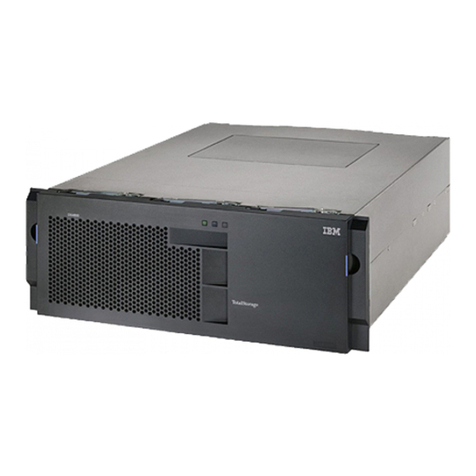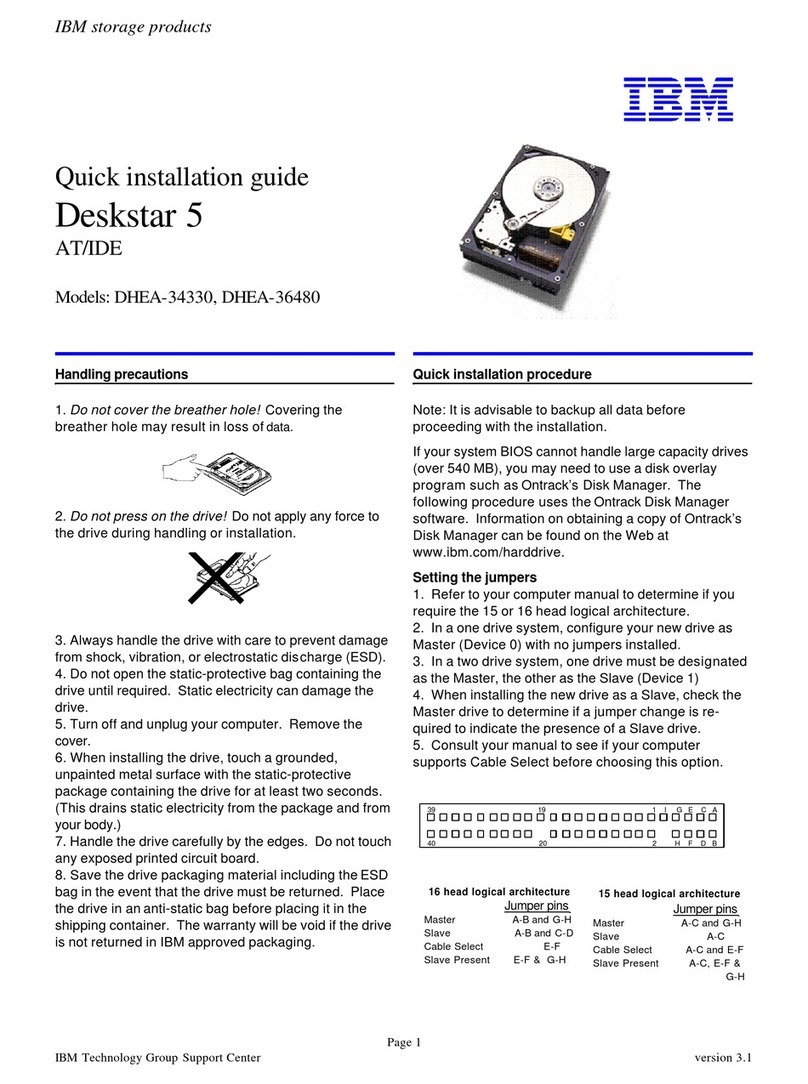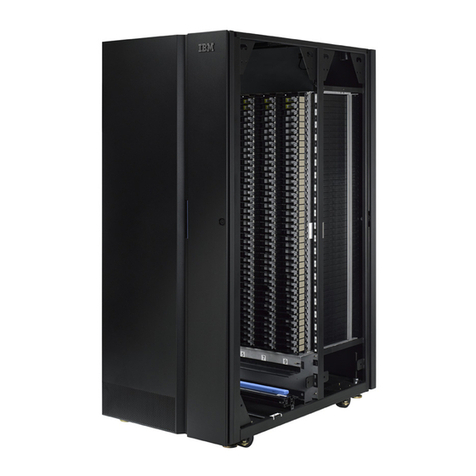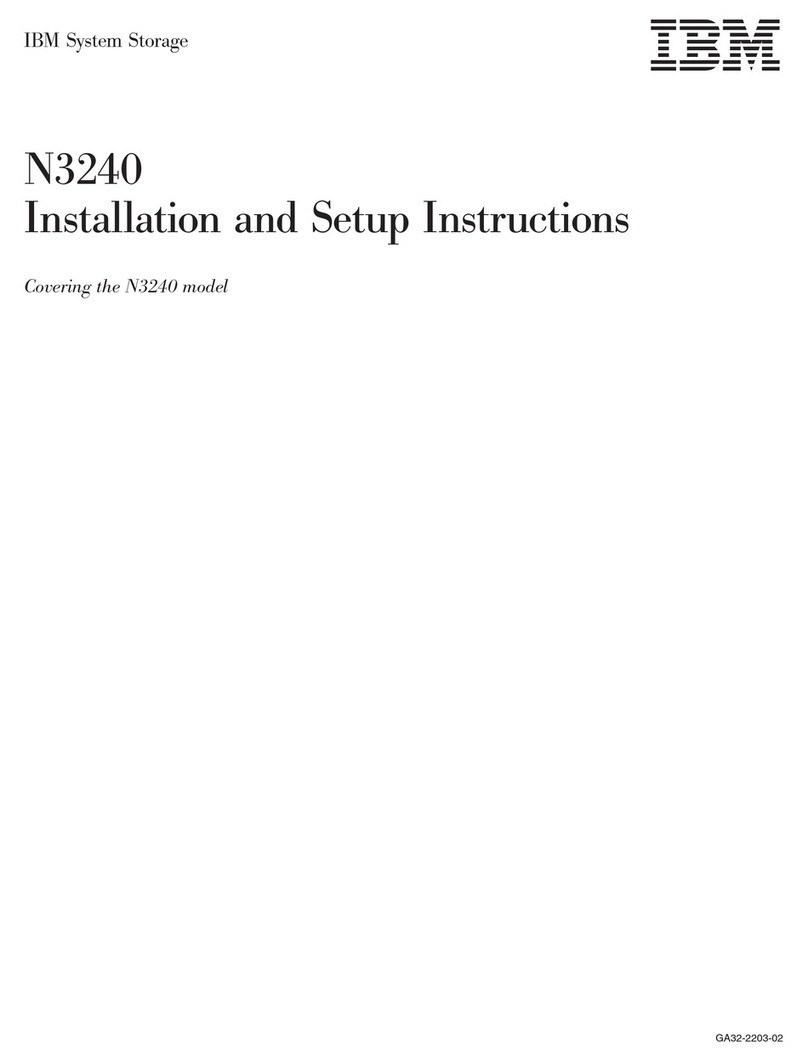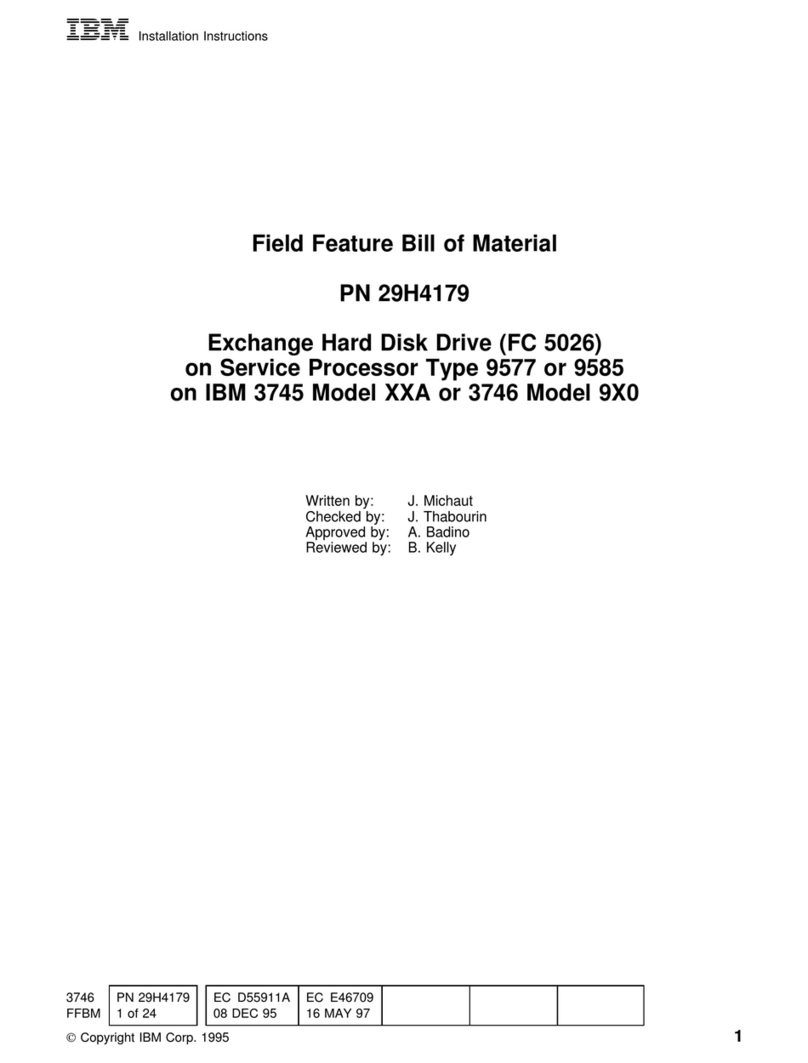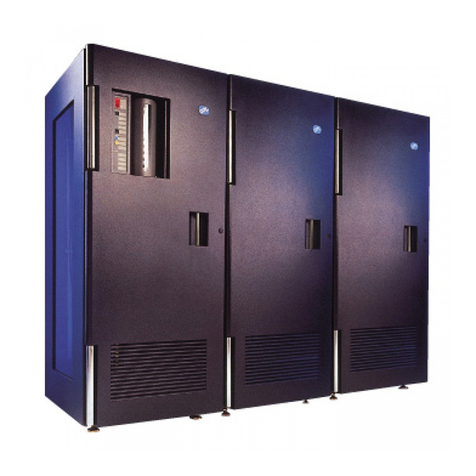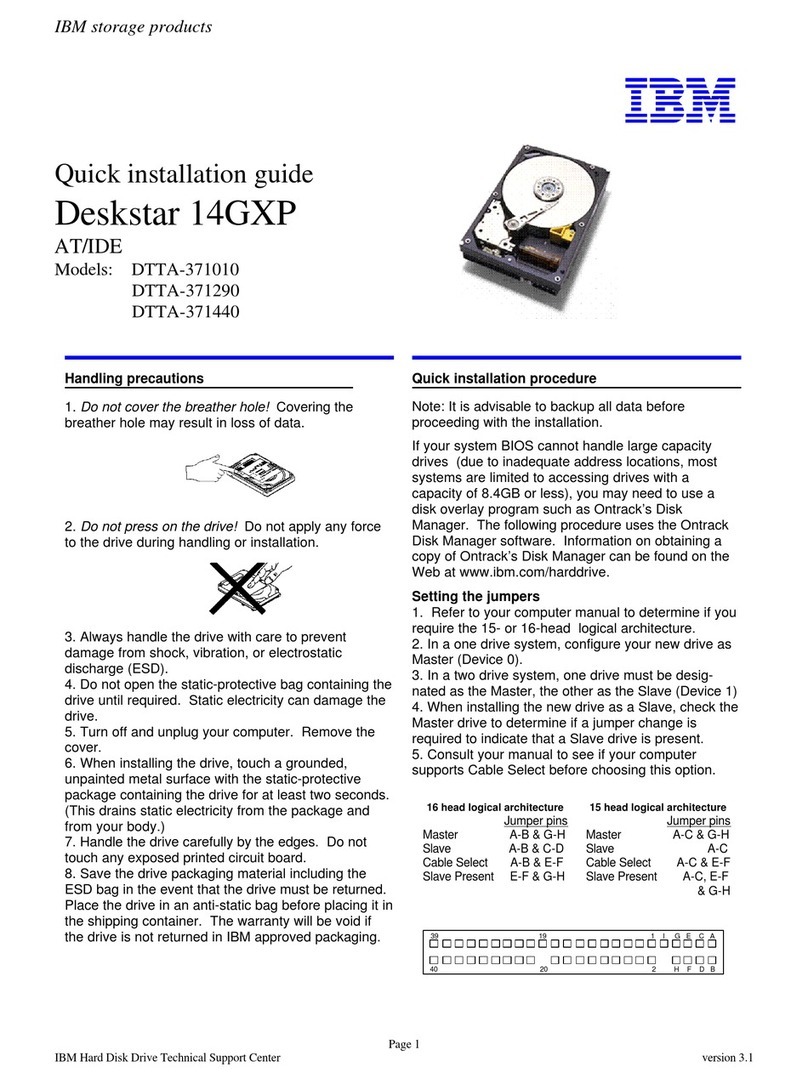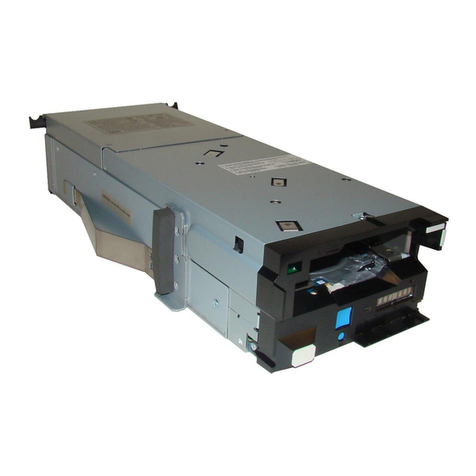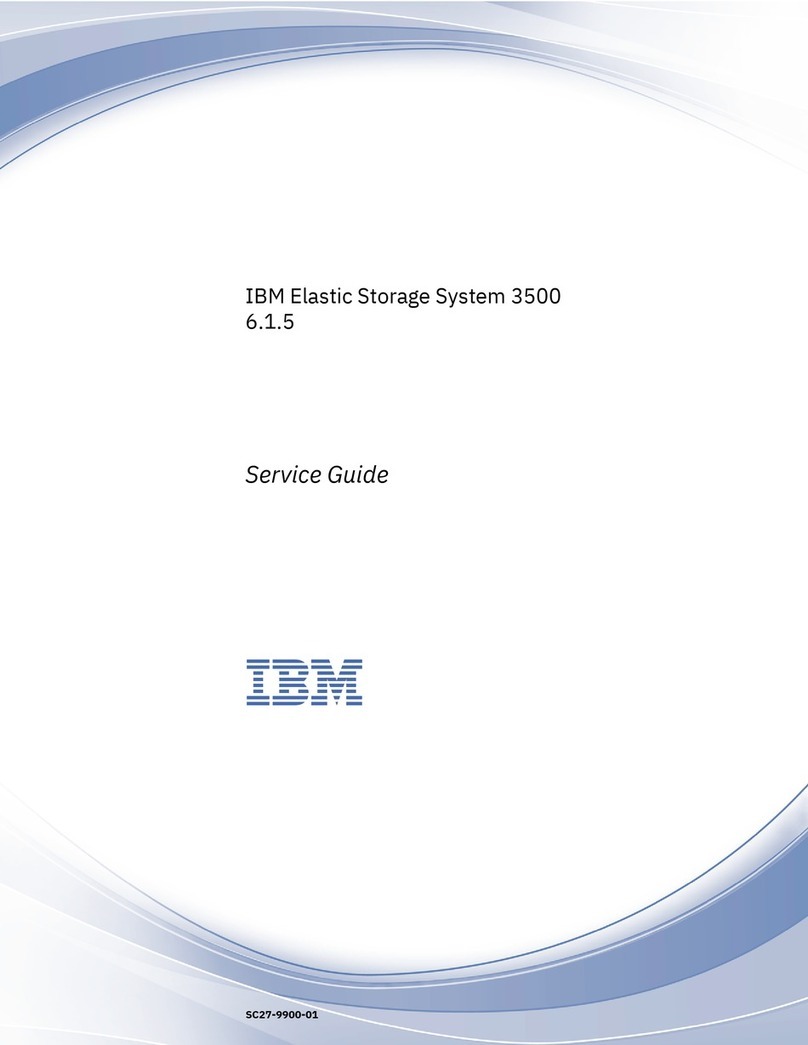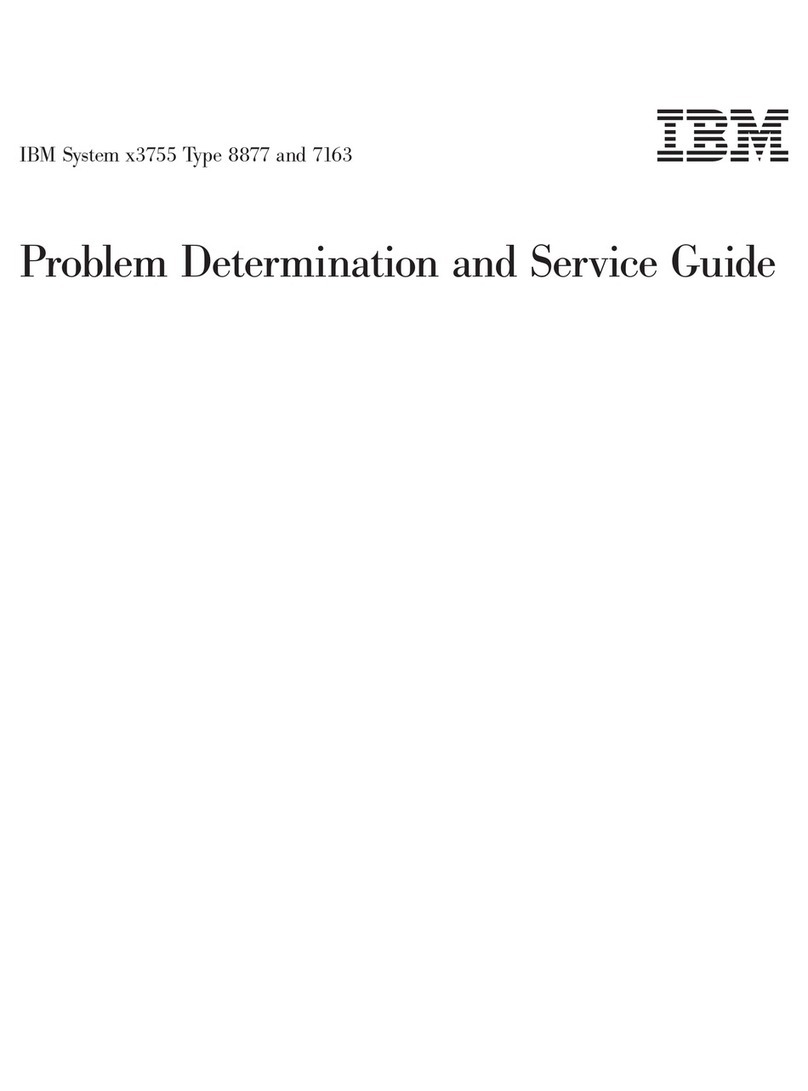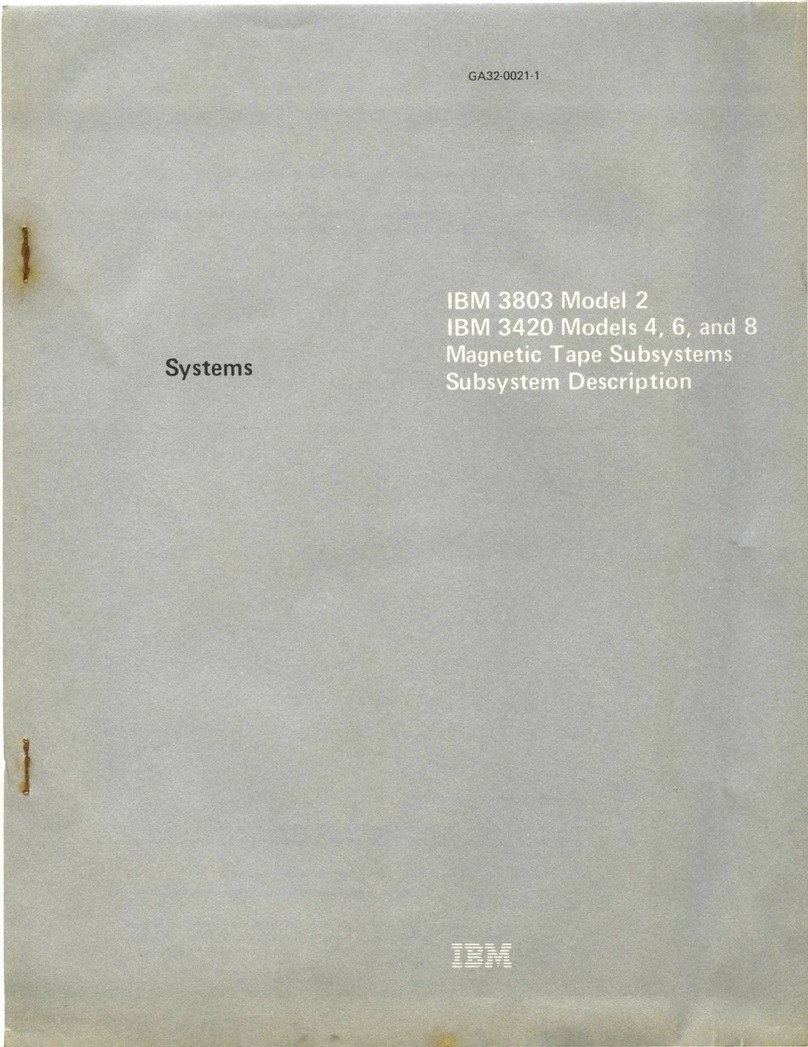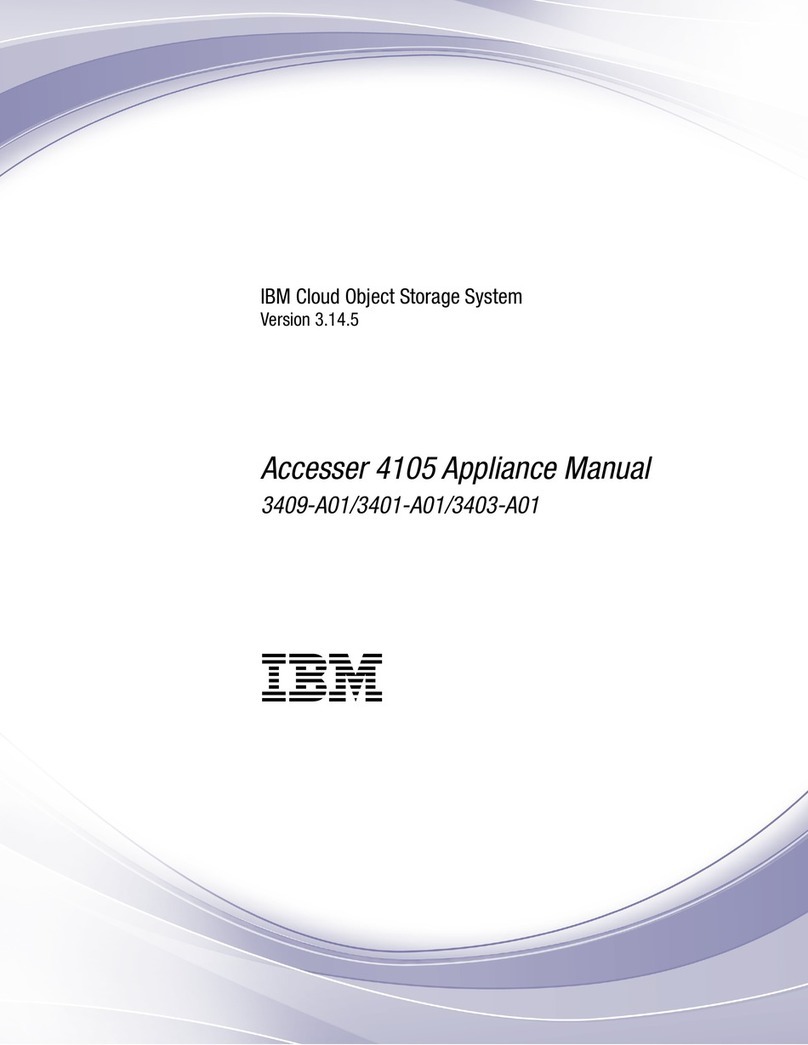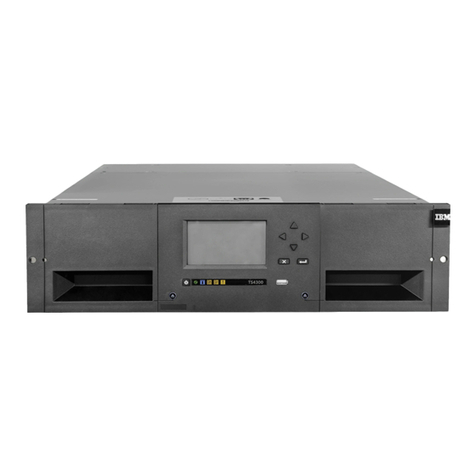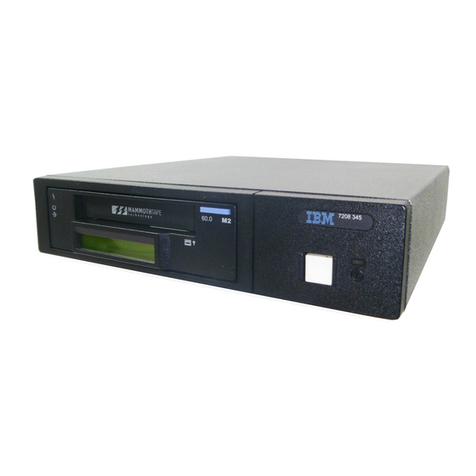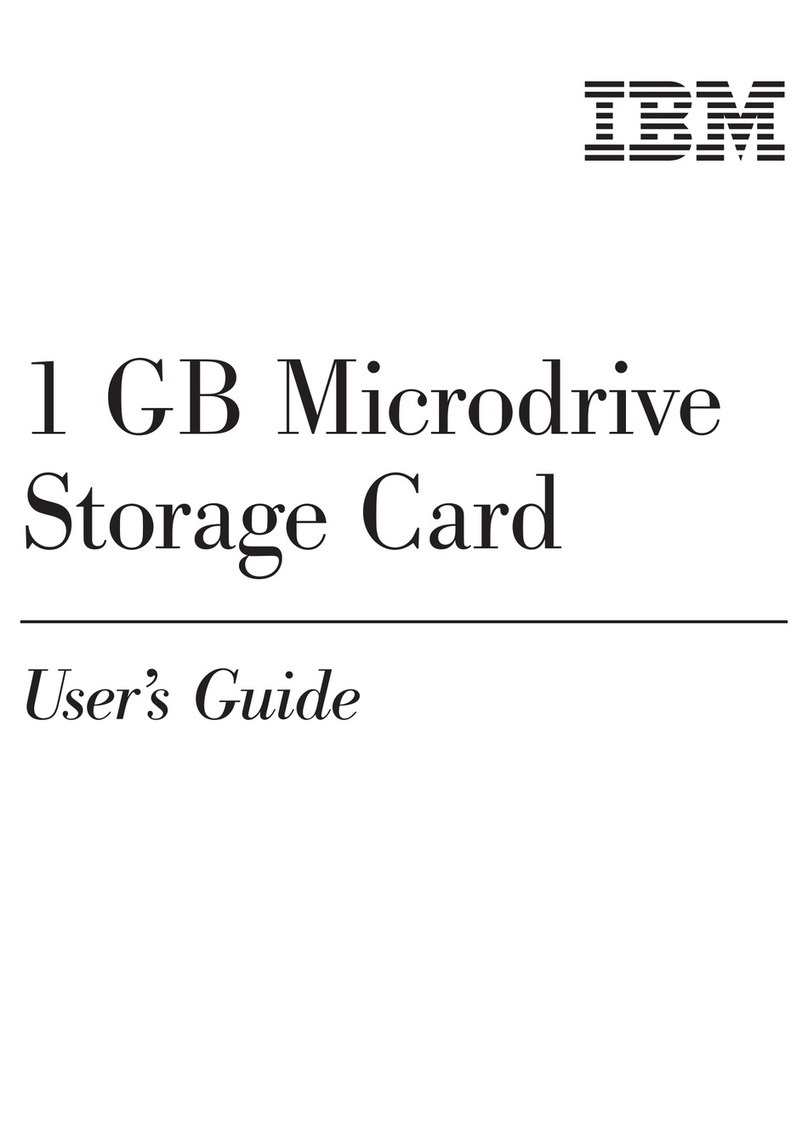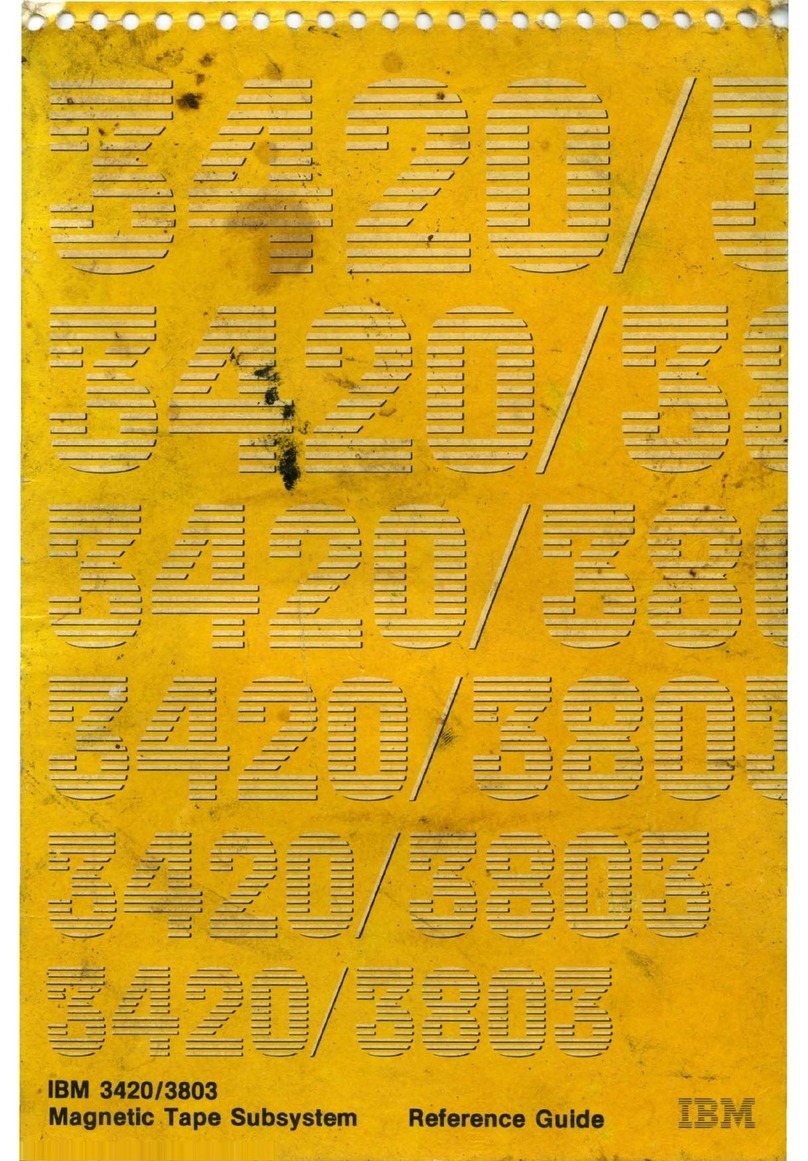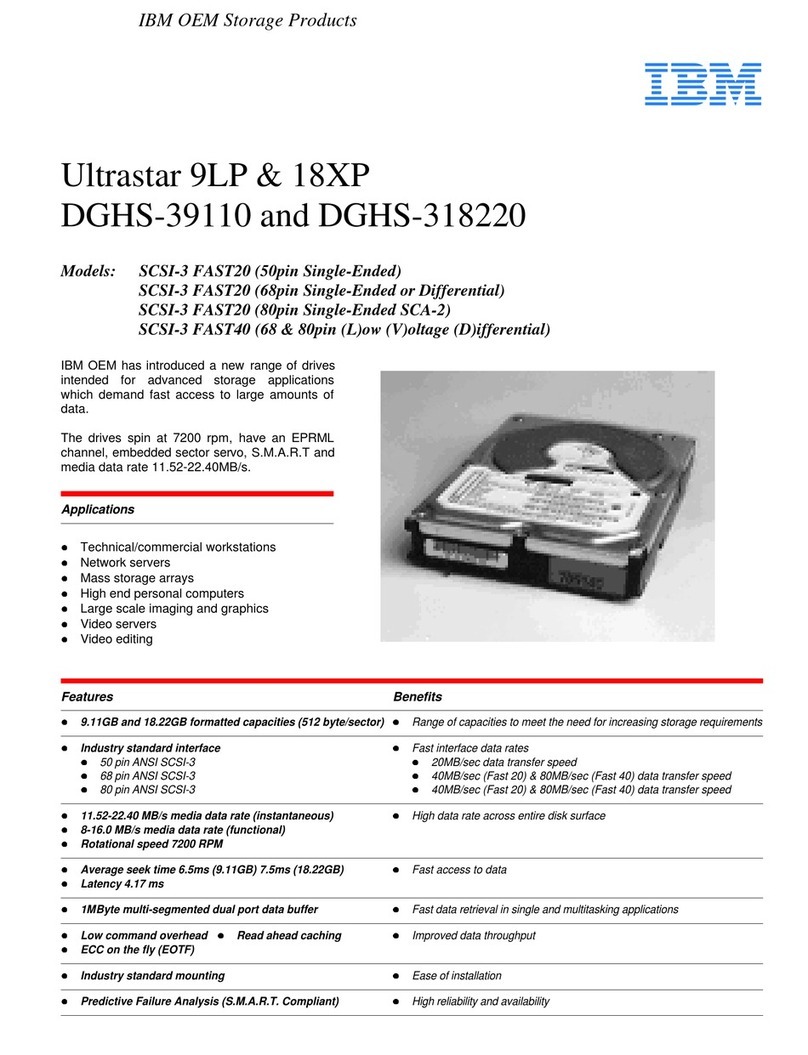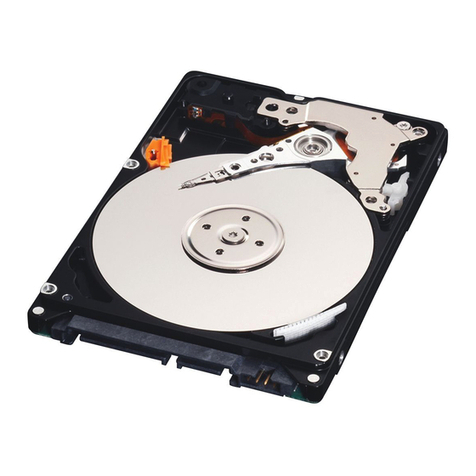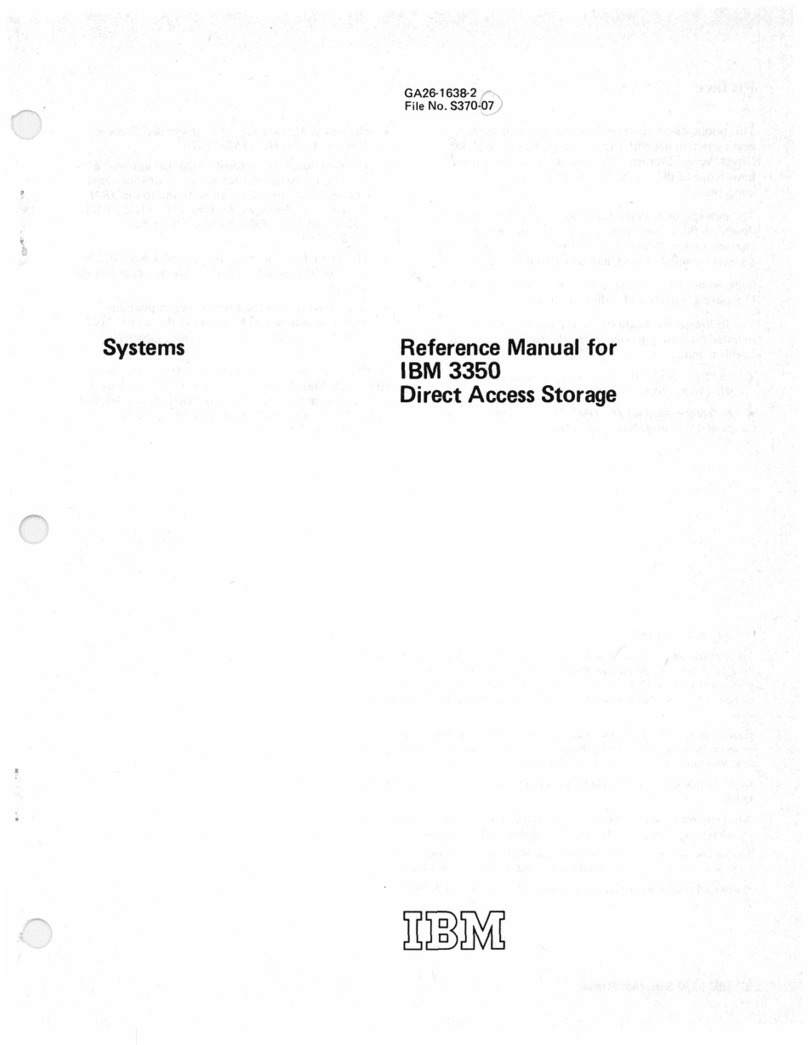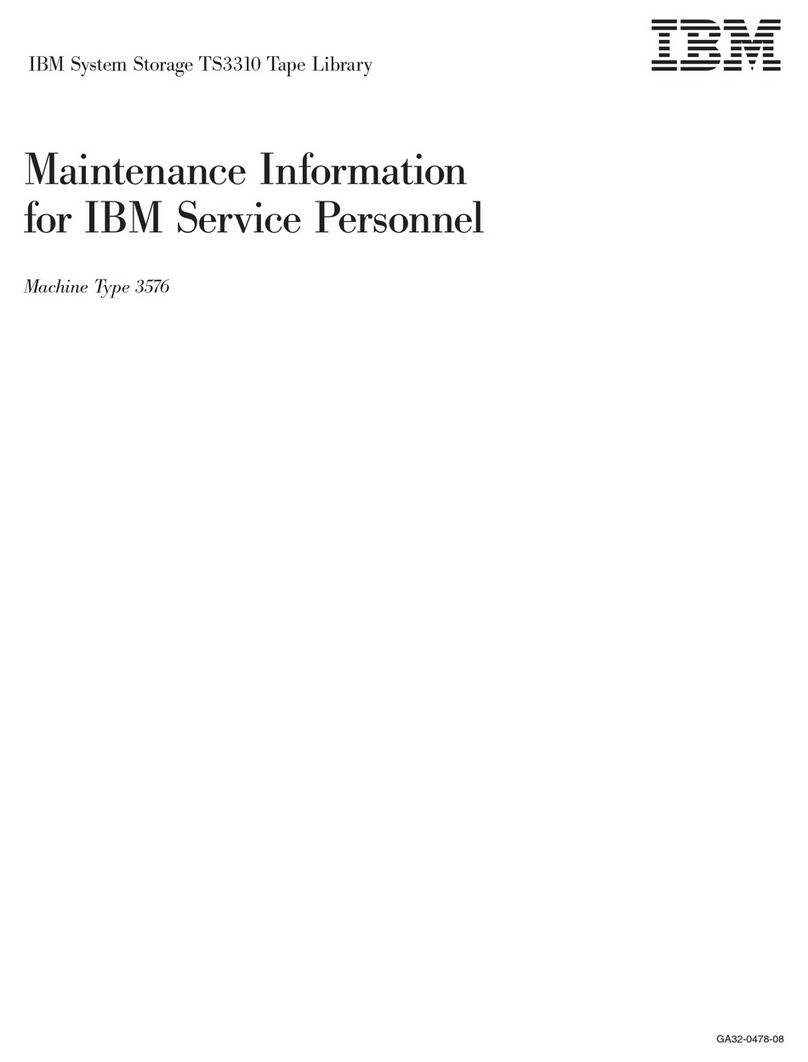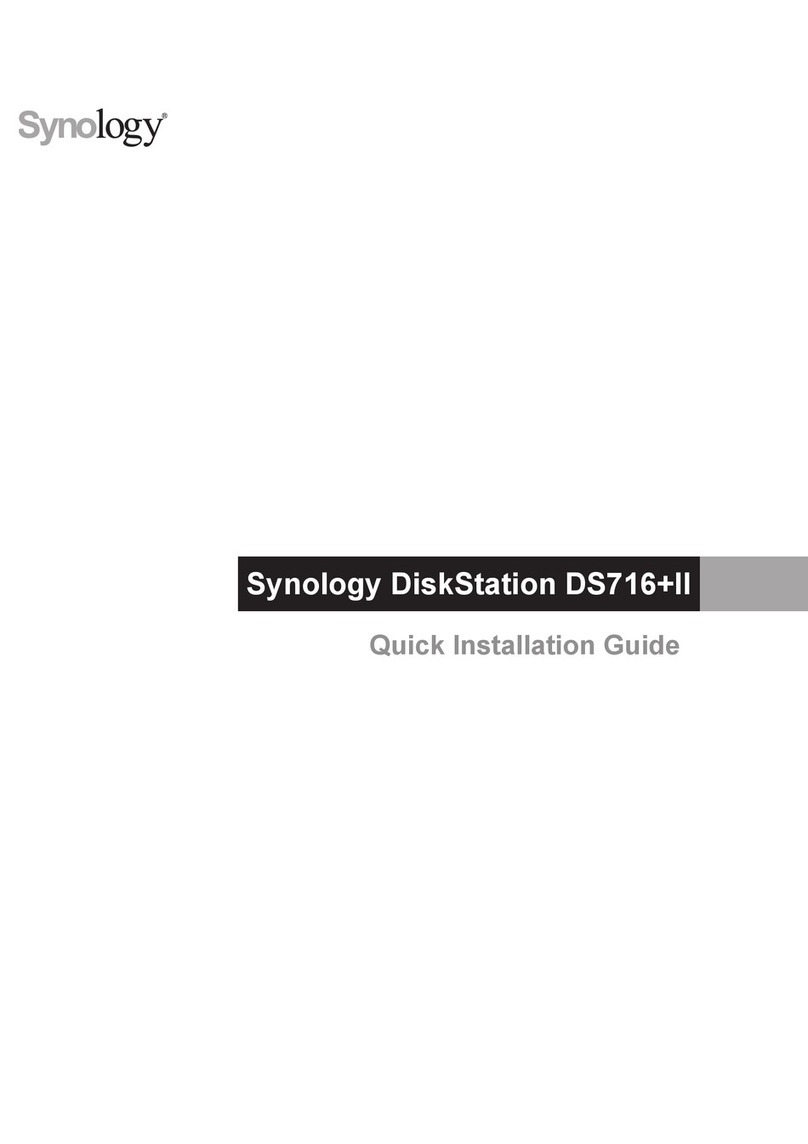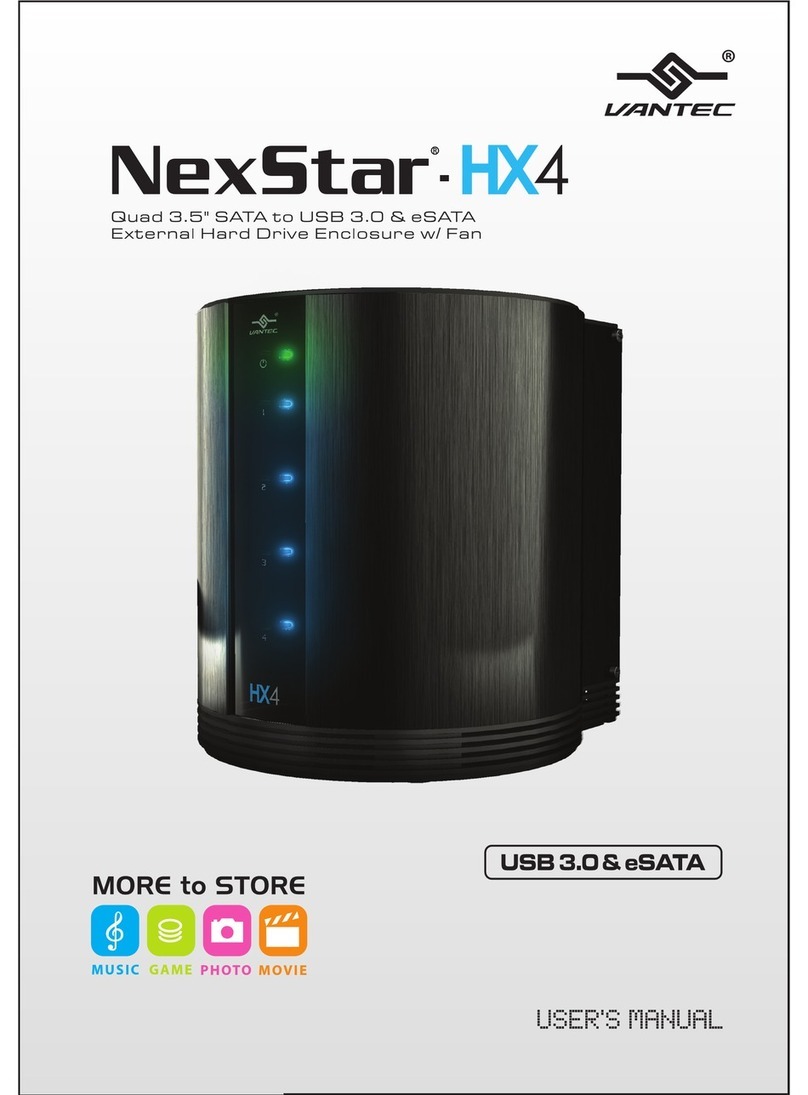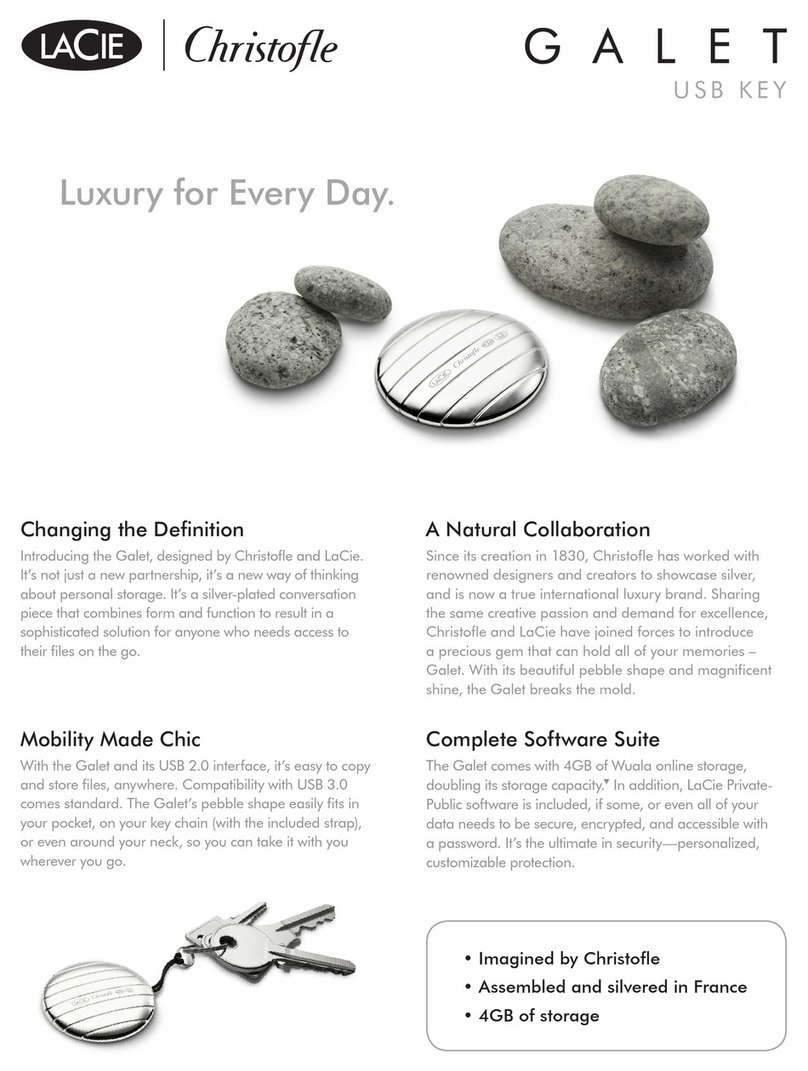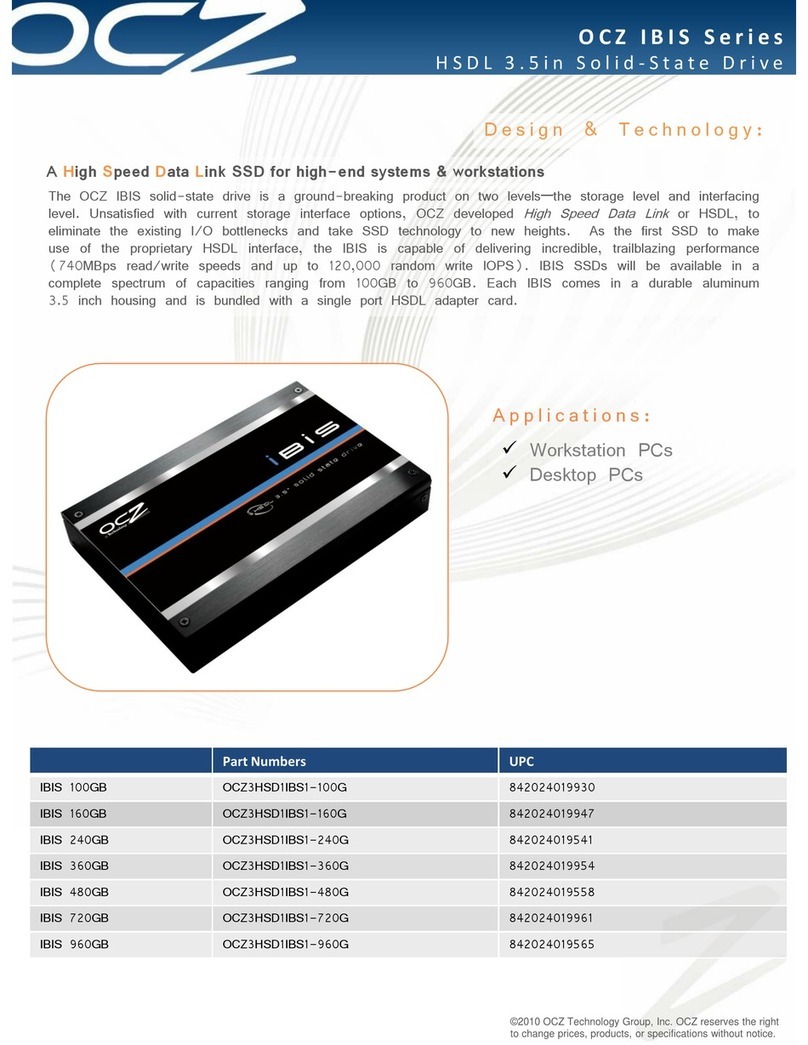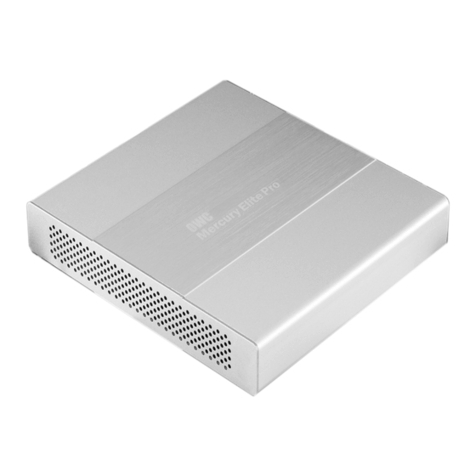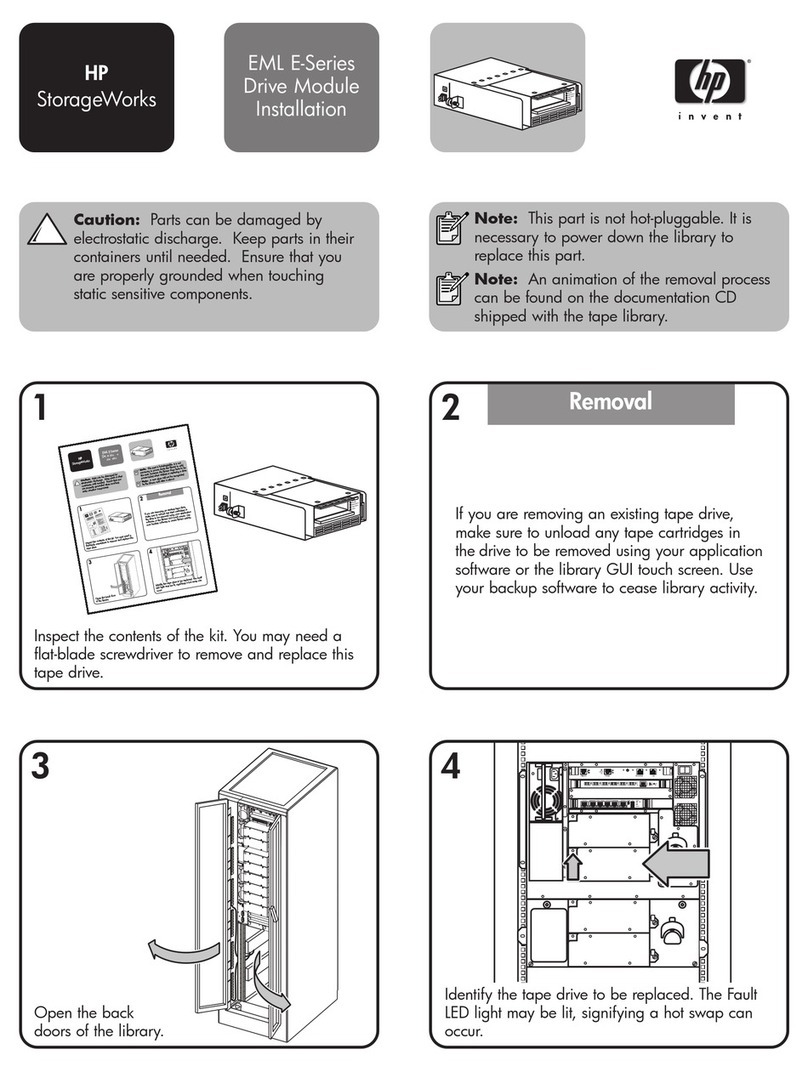
Contents
Safety Information.......................v
Handling Static-Sensitive Devices.................vii
About This Book .......................ix
ISO 9000 ..........................ix
Related Publications ......................ix
Trademarks .........................ix
Chapter 1. Overview ......................1
Tape Drive Environment and Use ..................2
Media Grades .......................2
Tape Handling and Storage ...................2
Environmental Issues .....................2
Tape Drive Cleaning.....................3
SCSI Hardware Issues ....................3
Microcode Updates......................3
Summary .........................3
Front View of the 20/40GB 4MM Internal Tape Drive............4
Cleaning the Tape Drive .....................4
SCSI Hardware Issues .....................4
Chapter 2. Preparing to Install the 20/40GB 4MM Internal Tape Drive .....5
Verifying Your Software Requirements ................5
Checking Prerequisites .....................5
Needed Tools and Documentation .................5
Planning Your SCSI Device Layout .................5
Determining Your SCSI Address ..................6
Chapter 3. Installing the 20/40GB 4MM Internal Tape Drive ........9
Handling Recommendations ....................9
Setting the SCSI Address.....................9
Jumper Pin Positions on the 20/40GB 4MM Internal Tape Drive .......10
Installing and Connecting the Tape Drive ...............11
Configuring the 20/40GB 4MM Internal Tape Drive ............11
Verifying the Installation .....................12
Updating Microcode Levels....................12
Chapter 4. Using the 20/40GB 4MM Internal Tape Drive .........13
Operator Controls .......................13
Unload Button .......................13
Indicator Lights........................14
Status Lights .......................14
Loading and Unloading a Tape Cartridge ...............16
Loading a Tape Cartridge ...................16
Unloading a Tape Cartridge ..................16
Emergency Eject Feature ...................17
iii
